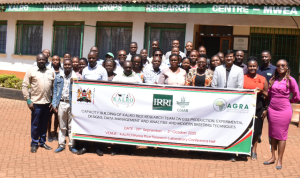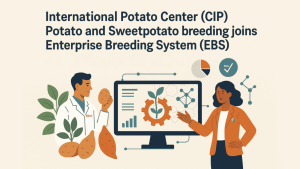The tropical forages breeding team of the Alliance Bioversity International and the International Center for Tropical Agriculture (Alliance Bioversity & CIAT) used to manage years of crop data using manual and spreadsheet-based systems. Not only does this expose valuable datasets to loss and errors, but it also forgoes the potential to drive accurate and timely breeding decisions.
The Enterprise Breeding System (EBS), a comprehensive, integrated, and intuitive breeding data management system preferred by the CGIAR, is now powering the tropical forages program and is also set to boost breeding efficiency for cassava and beans—befitting of a modern breeding enterprise.
To further support the crop programs’ EBS adoption process, a week-long refresher training for forages was conducted, while an end-to-end showcase of EBS functionalities was demonstrated to kickstart the adoption for cassava and beans breeders. The two-week program was led by Mijail Javier (EBS Regional Support Manager) and Rosemary Shrestha (EBS Requirement Analyst) at the Americas Hub of the Alliance Bioversity & CIAT in Cali, Colombia from 9-20 June 2025.
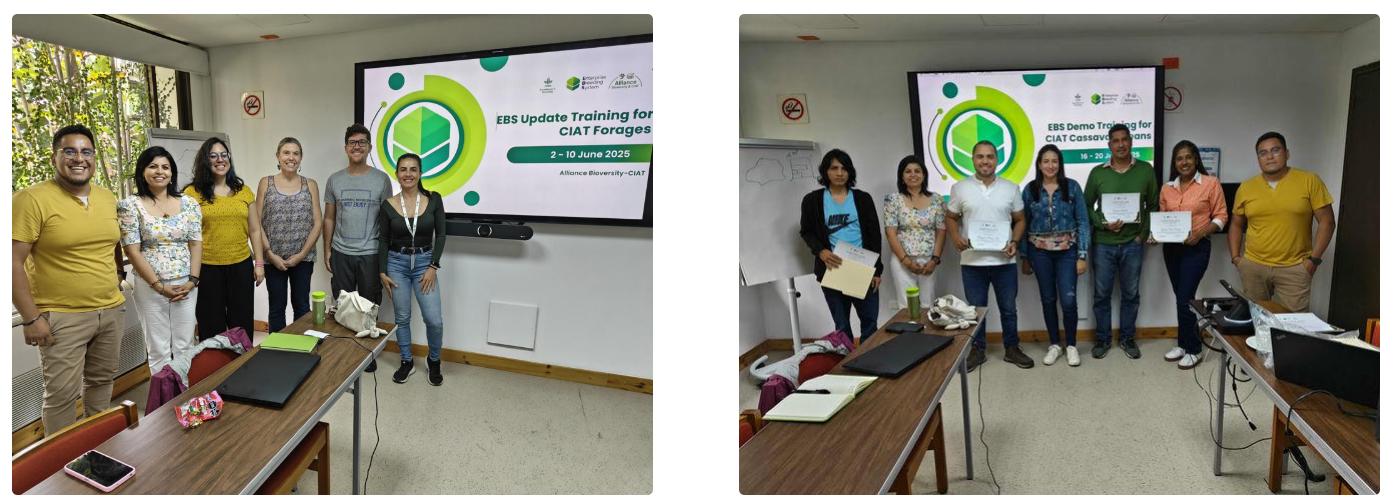
Tropical Forages
Little to no adjustments were required as the breeding team transitioned to EBS, since the platform is already seamlessly interoperable with their preferred data collection software, the Field Book application.
The tailored sessions allowed the trainers to show relevant tools to support key workflows, such as trial data analysis, seed tracking, and genotyping. It was also an opportunity to highlight the data continuity and security afforded by the platform after recent team changes in the breeding program.
The refresher training is the latest on a list of adoption support activities rolled out to transform the program’s data into actionable insights for better varieties and faster breeding cycles.
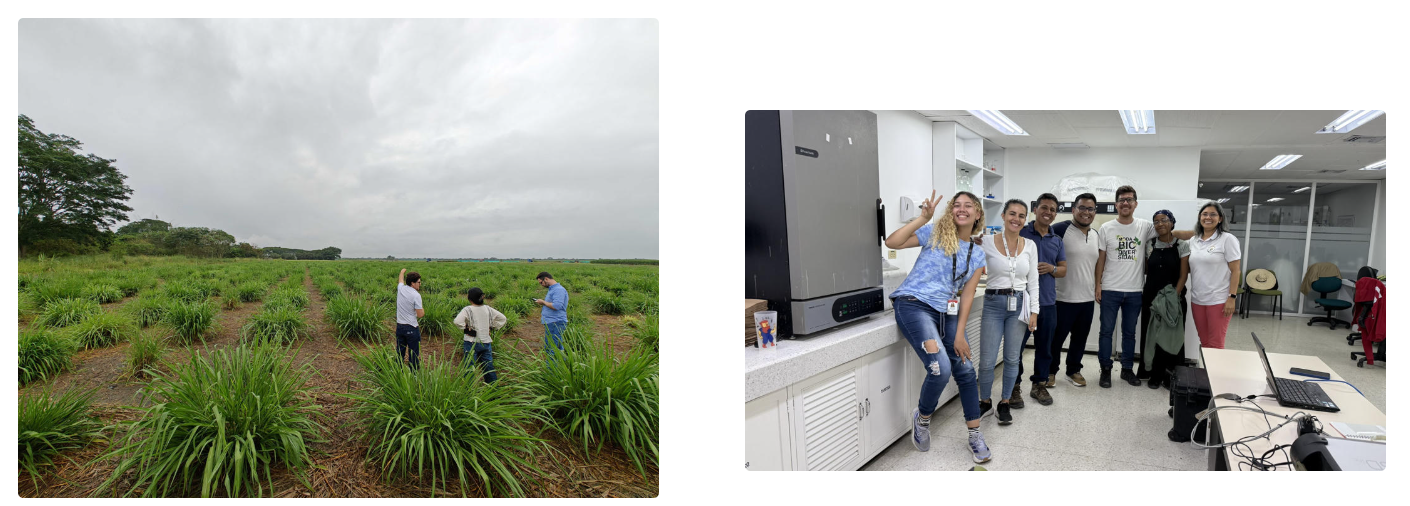
Cassava and Beans
Intuitiveness of the user interface, nested filtering, customizable printout reports, and features to manage system permissions were only some of the EBS capabilities that drove the strong enthusiasm among cassava and beans breeding team members to begin their EBS adoption.
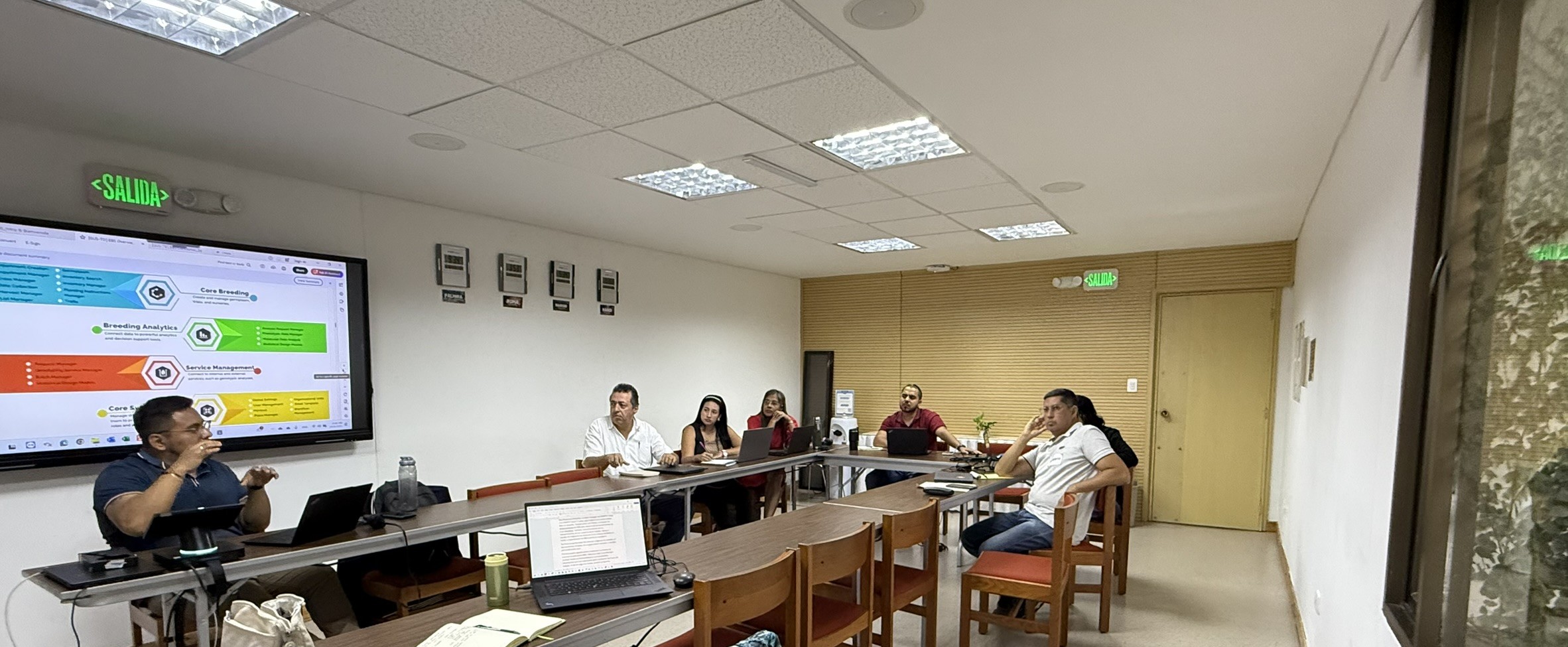
The cross-platform integration and end-to-end workflow support between EBS and BioFlow, CGIAR’s breeding analytics pipeline, was also a key advantage pointed out by Luis Delgado Muñoz (Bioinformatics Scientist-Cassava).
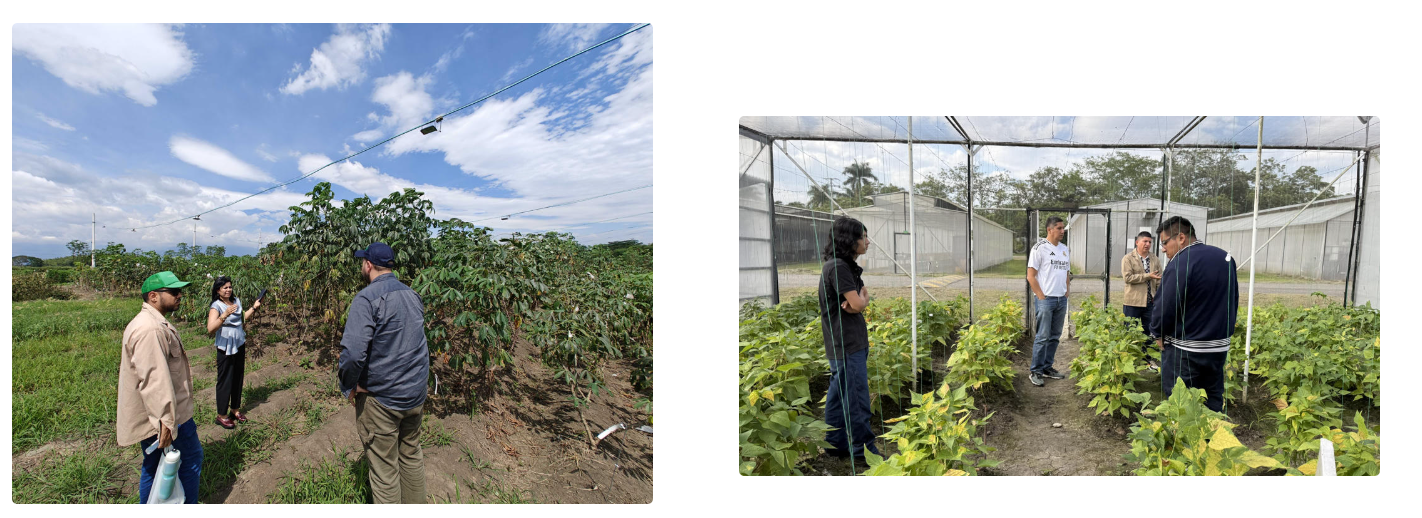
Moving forward, the insights gathered from cassava and beans breeders will be used to inform how their respective EBS productions instances will be further developed to fit their breeding contexts and data requirements
###

